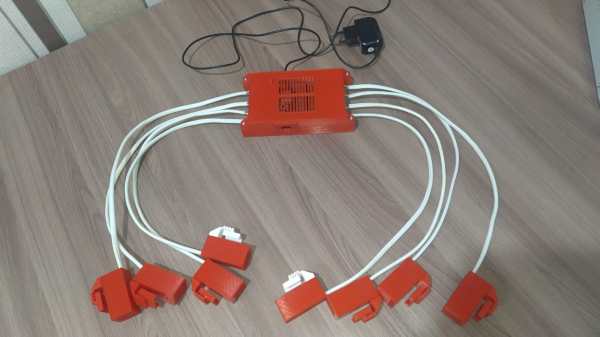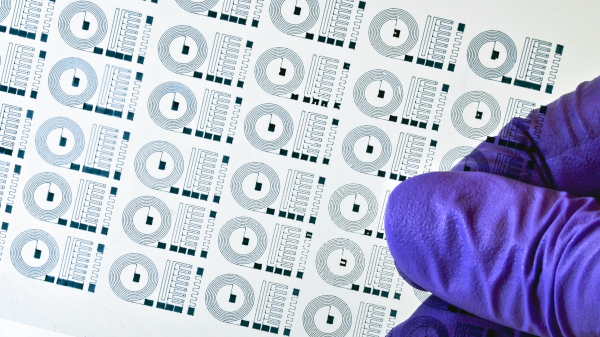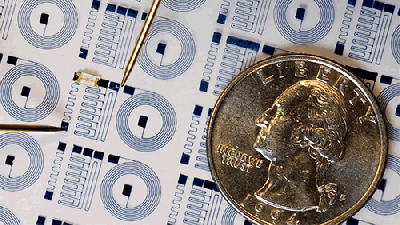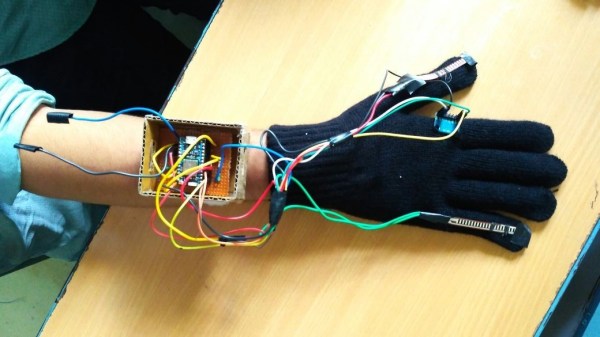Modern techniques of Coordinated Reset Stimulation (CRS), which is usually administered with invasive deep brain stimulation, can have a miraculous effect on those suffering from Parkinson’s disease. However, the CRS technique can also apparently be administered via so-called vibrotactile CRS (vCRS) which essentially means vibrating certain nerve endings corresponding to brain regions that have a large cortical representation.
An example is vibrating the tips of the fingers using special gloves. This is a medical technique and as such is governed by the FDA. With ongoing trials, patients all around the world will simply have to wait. [HackyDev] has been working with a group of people on developing an open source vCRS glove.
This neuromodulation technique seems so promising, that this upfront effort by hackers around the world is simply a joy to see. Patents be dammed; we can work around them. Interested parties can follow the (very long, tricky-to-follow) thread here.
The hardware [HackyDev] put together uses a nodeMCU as the controller, driving eight motor coils via MOSFETS. The finger-mounted actuators are constructed by ripping the electromagnet out of a relay and mounting it in a 3D printed frame, with a magnet suspended on a spring. This part is mounted on each finger. The nodeMCU presents a simple web form that enables the configuration of the pulse parameters.
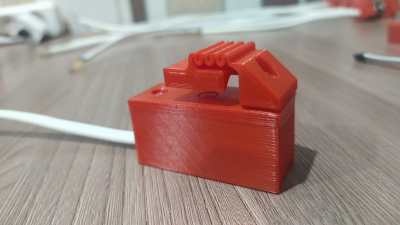
The way the gloves appear to work is due to the way the body perceives sensory input, with a massive bias towards the hands and mouth region, referred to as the cortical homunculus. Each finger has an individual haptic element, which is actuated in a specific sequence with a carefully formed pulse at approx. 250 Hz.
This appears to activate similar in-brain effects as traditional (and invasive) DBS therapy by effectively de-synchronizing certain over-synchronized brain pathways and alleviating the overactive ß-wave activity in the brain. And this calms the tremors as well as many other PD symptoms. It’s all very exciting stuff, and we’ll be following this story closely.
For more on the backstory check out the 2017 paper by Peter A. Tass, as well as this later one, and this one. We’ve seen some recent success with diagnosing or at least detecting PD, by smell as well as via audio, so the future might look a little brighter for quite a number of people.

